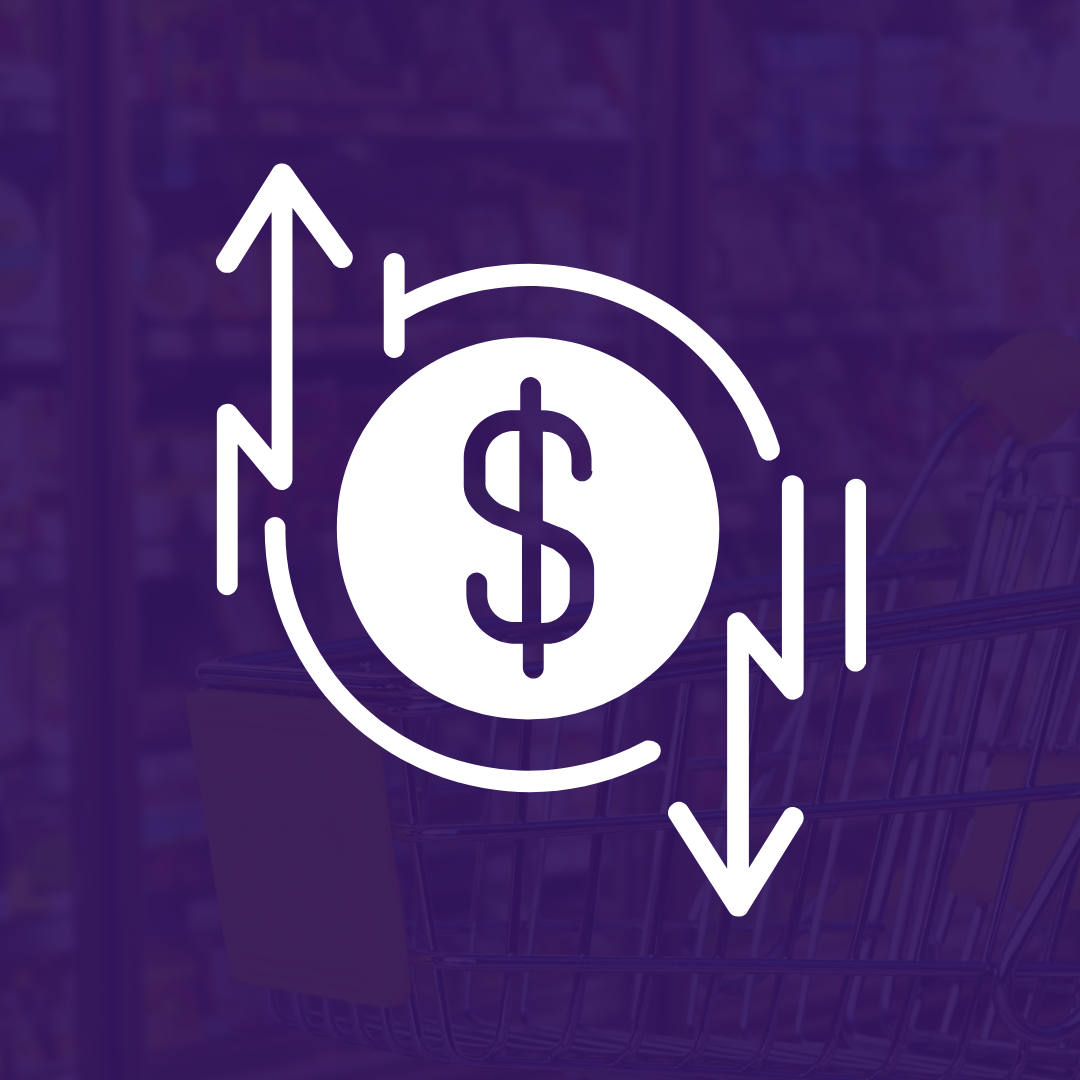According to trade.gov, it is estimated that e-commerce will account for 22% of global retail sales by 2024 and is currently an 870 billion dollar industry. Instant gratification has accelerated these numbers over the years with quick shipping times.
Legacy retail stores also do not carry enough in-stock items to meet consumer demand and their operational costs are higher which passes on inflation to consumers.
As a business owner, it is imperative that you understand your pricing models so that you can stay competitive and have a percentage of profit factored in. Price monitoring is the data pillar that is required to know your market.
It’s also important for industrial industries like construction where you must know your material cost. As a matter of fact, any business that requires estimation based on resources will need price monitoring infrastructure in place.
In this expository text, we will demonstrate how you can implement a price monitoring strategy within your business model and how to stay competitive in a dynamic market.
What Is Price Monitoring?
Price monitoring is when you accumulate data on the products you sell or resources you use so that you can evaluate what your costs are compared to your profit margins. Understanding these pricing models is also important for staying competitive.
For example, if you are selling Himalayan salt pillows for $20 per unit it would be wise of you to know what the current rate of raw Himalayan salt is selling for.
If the price of production was to increase without you being aware you could suffer losses. Likewise, if inflation on your product decreases you may be outmatched by your competitors who have lowered prices in response.
Having fresh data to make comparative analysis possible is the foundation of doing prosperous business in the industry you’re in.
How To Acquire Pricing Data
Price monitoring starts with data acquisition. You cannot know what your competitors are charging or what your internal costs are without first having a data sample size that is worth
evaluating in the first place.
There are essentially three different ways to acquire pricing models and we will now discover what they are and how they function.
API Pricing Data
If the vendor you’re currently using has an API you may be able to request information and pricing with custom-made software that ties in to their data. The problem with this model is it does not allow for any customization and APIs can be hard to come by.
Larger companies typically charge for using their API and some businesses only allow API access to select customers that deal in high-volume sales.
You will need to hire a full-stack programmer to be able to implement the system and there are security risks involved with APIs. They also tend to change, meaning that your company would benefit from having its own Chief Technical Officer.
Price Monitoring Tools
There are multiple cloud-based price monitoring tools available for startups. These tools are in essence a walled garden. That simply means it is easy to function within them, but there are no customization options when it comes to acquiring data.
Most price monitoring tools come with price alert features that are great for knowing when you’re raw materials are subject to price increases or decreases.
Some of these tools require you to have your own proxies.
Residential and mobile proxies work by connecting you ethically through residential connections so that when you are attempting to make requests on platforms it will appear you are just a resident in an area and not a company trying to mine data.
Custom Web Scraping
For organizations that would like the most options available with their price monitoring efforts, it is hard to pass up on web scraping. You have the option of going with a cloud-based solution that utilizes proxies or creating your own script.
This system works by picking out your targets whether it be a competitor or a vendor and just scraping data from those resources. Once you have the data you can organize it in a table.
You typically do not have to scrape the data from the platforms on a daily basis but rather just enough so that your pricing is fresh. Some Industries like hospitality will want to request data often because the industry is so dynamic.
If you’re technically inclined you can create your own web scraping script using python powered by residential proxies. However, if tech is not your strongest point you can always use a cloud-based program with proxies from ProxyEmpire.
Consider Dynamic Price Updating
One of the advantages of going with a customized approach is the ability to collect the data, structure it, and then have your customer pricing automatically update based on inflation rates whether it pertains to internal or external resources.
For example, travel agency websites like Orbitz do not manually update their pricing. Instead, it updates itself based on the fresh data they’re constantly collecting.
Industries that thrive on logistics can expect prices to fluctuate faster, so leaders within that field will need to update their data on a minute-by-minute basis. However, for businesses that are less demanding you can refresh your data on a biweekly schedule.
This automated solution allows you to spend less on payroll to update your pricing.
Conclusion
With competition and multiple industries only increasing, it is becoming more of a necessity to evaluate your cost and competitors’ prices so that you stay competitive in whatever industry you are participating in.
ProxyEmpire is proud to provide the bandwidth and infrastructure necessary to allow price monitoring tools to function properly.
If you have any questions about how to implement a price monitoring strategy for your business feel free to reach out to us in the live chat where one of her experts will help you get the process started.




















